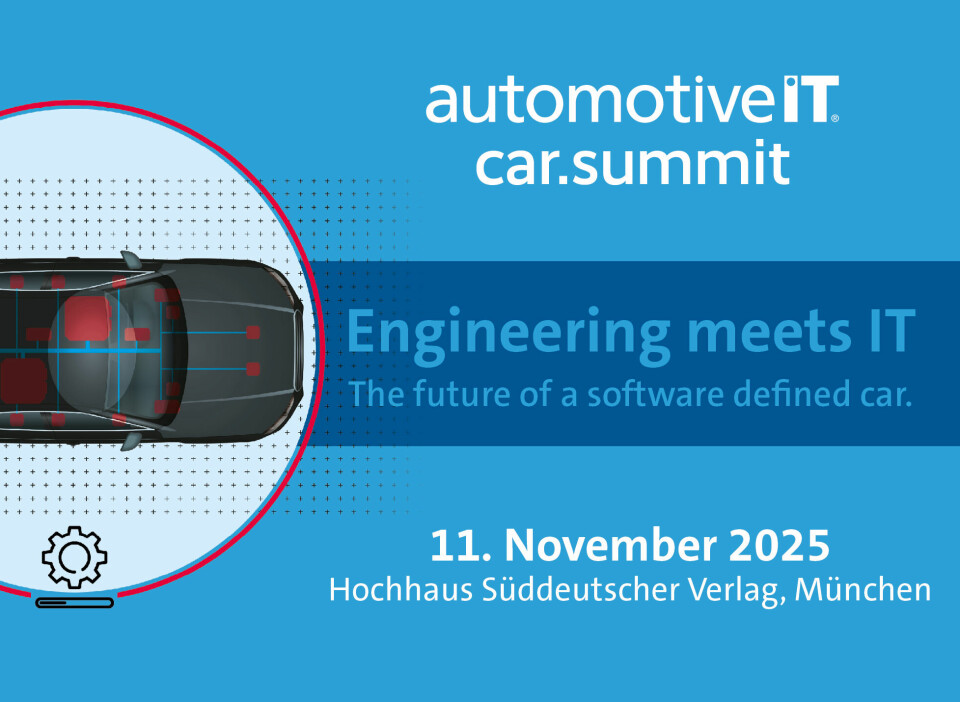Software Defined Vehicles
automotiveIT Congress 2025
IT as a strategic lever for change in the automotive industry
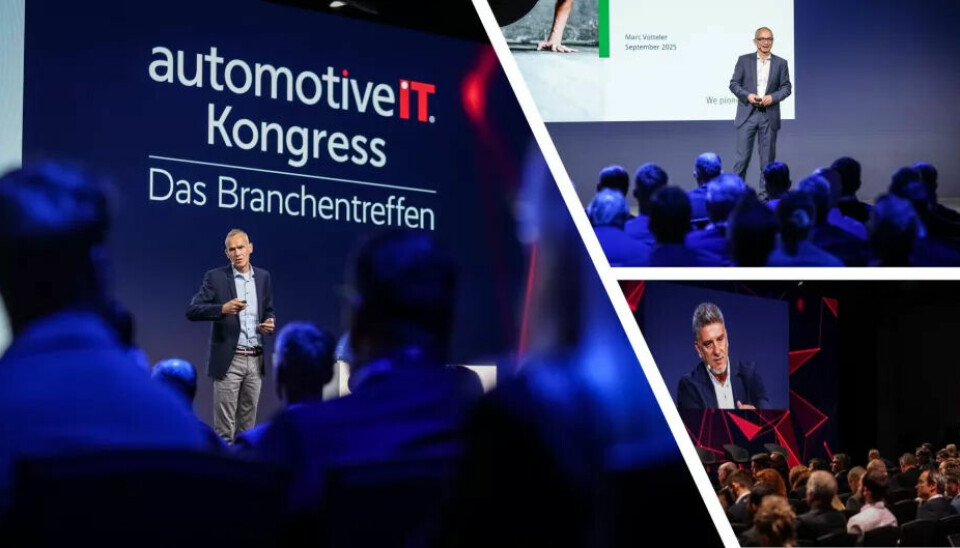
At the automotiveIT Congress 2025, CIOs of leading automotive companies demonstrated how IT becomes a strategic lever. Between cloud, AI, and mergers, new paths are revealed - but how does transformation truly succeed under uncertainty?
Even though the origin of the phrase is not entirely clear, it is often referred to as a "Chinese curse." "May you live in interesting times." Today's world is more than just interesting; it is above all challenging. This is generally true - but especially for the automotive industry: cost pressure, mergers, and technological leaps shape the automotive sector, as Pascal Nagel, editor-in-chief of automotiveIT, highlighted at the opening of the automotiveIT Congress 2025. In its morning sessions, it offered three perspectives with the CIOs of ZF, Schaeffler, and Mercedes-Benz Vans on how IT becomes a strategic lever in such phases.
Thomas Buck at ZF: "I don't want to lose the view from the outside."
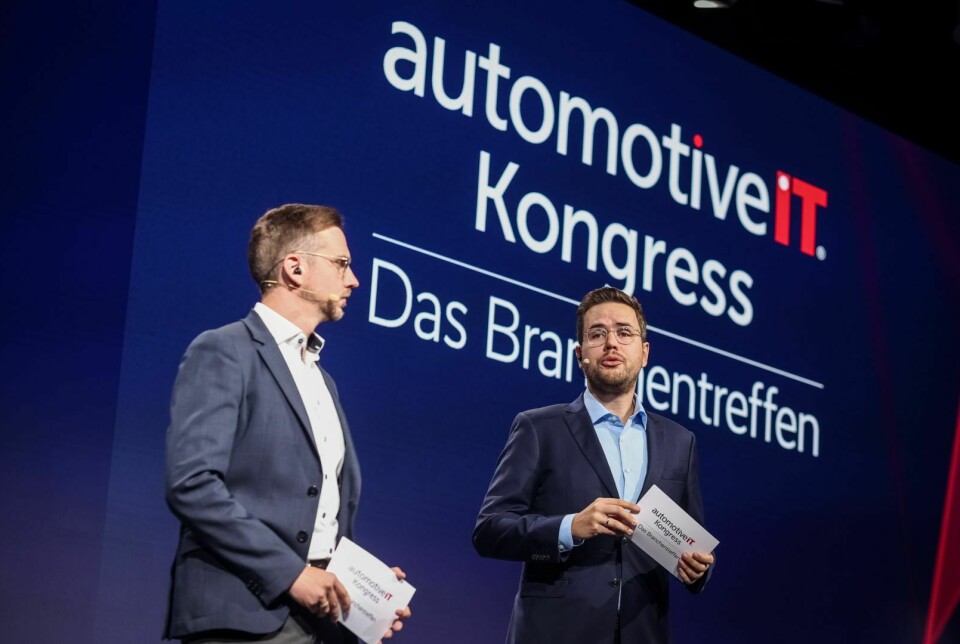
Thomas Buck took on the role of Group CIO at ZF at the beginning of 2025 - in the midst of a phase of intense transformation. In conversation with automotiveIT editor-in-chief Pascal Nagel, he made it clear how he tackles these challenges: with a clear focus on consolidation and a new ERP strategy. Under the keyword next.GenERP, ZF is pursuing the radical reduction of a fragmented system landscape with around 100 ERP instances. The goal is to significantly reduce complexity and "manage with a single-digit to low double-digit number of systems." He also addressed the balance between standardisation and degrees of freedom: "The right balance between maximum standardisation and the still necessary degrees of freedom in the departments" is crucial. An important step: moving all systems to the cloud, even if they do not run on S/4. "That gives us time," said Buck.
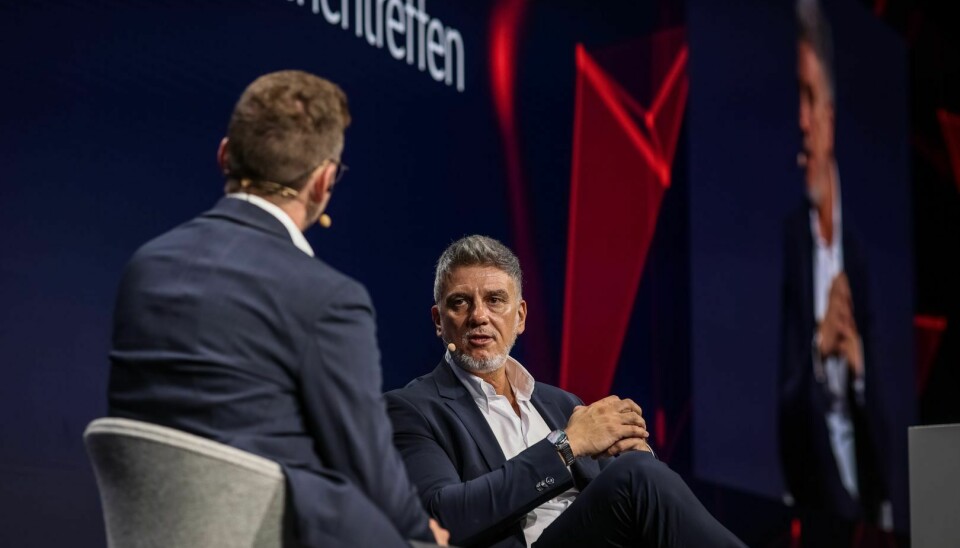
He sees this as the basis for the later transition to S/4HANA - and for the use of AI-supported tools like Joule for Developers. Buck emphasised: "I don't want to lose the outside perspective." This means that as the new CIO, he consciously maintains distance from established structures and does not want to get caught up in internal routines. Instead, he wants to incorporate the perspectives of customers and market participants more strongly and thus prevent the IT transformation from becoming purely a technical project. Because: the implementation is not only technical but also organisational in nature. Buck has set up a completely new programme structure: stakeholders should not only be affected but also be co-creators. In doing so, "commitment is important, but silent consent is not enough!" This clear commitment to participation is a prerequisite for a common target architecture.
Marc Votteler at Schaeffler: Merger reality between benchmark and trust culture
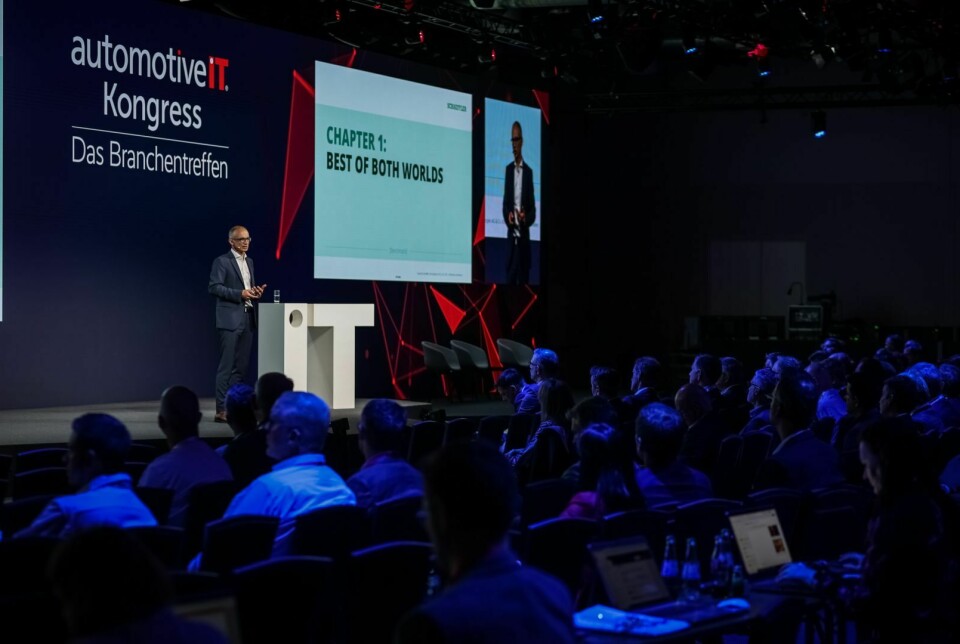
Marc Votteler, CIO of Schaeffler AG, brought in a different perspective: IT in the context of a merger. With the integration of Vitesco into the Schaeffler Group, his organisation faces a mammoth task. The slogan "Best of Both Worlds" is understandable, but in reality highly complex: "Strangers come together. There were always two sides to every task." This also brings with it the fear of whether one's own job will remain. "If you approach it that way, the one who can argue better will always prevail. Not the better solution." To counteract this, Votteler relies on trust: job guarantees over several years are intended to create the basis for objective discussions. Benchmarks also play a role, but in context: "Benchmarks are always context-driven." He therefore considers blanket metrics such as IT cost ratios to be unsuitable. Instead, it is necessary to measure at the product level whether teams and solutions are actually better.
As a pragmatic control instrument, Schaeffler has introduced application consolidation: around 500 out of approximately 2,500 applications are to disappear. Votteler spoke openly about the limitations of this 'preposterous' approach. The point is that a mere count does not reflect the quality of the consolidation. Nevertheless, he sticks to it - not because the number is scientifically accurate, but because it creates movement within the organisation. The striking target figure attracts attention, forces discussions, and helps make the change process tangible. Votteler specifically described the integration using various scenarios. Schaeffler, with its monolithic SAP structure, has provided the more stable and therefore preferred basis, which is why this solution has been chosen for the future. In contrast, Vitesco, with its more modern, cloud-based backend, is clearly at an advantage. And finally, there have been situations where neither side offered a viable solution. 'That's when we start again!', Votteler explained. The key is to bring together the different experiences and develop new, better structures from them, rather than just weighing up the existing ones against each other. In conclusion, he summarised: 'We don't have a happy ending yet, because: we are not through yet.'
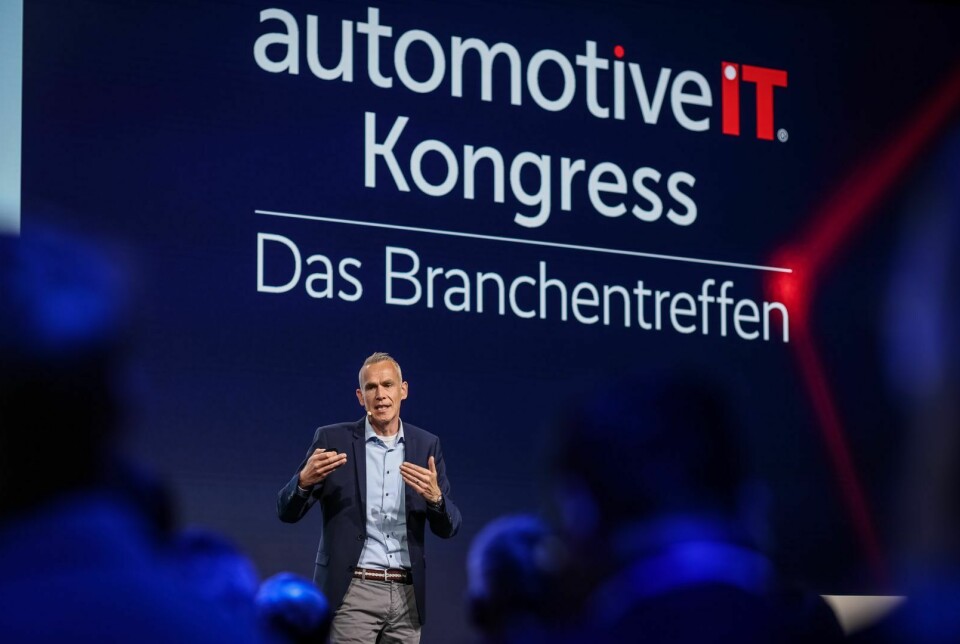
Rouven Rüdenauer, Mercedes-Benz: Transformation with a product focus
The third contribution came from Rouven Rüdenauer, CIO at Mercedes-Benz Vans since March 2025. His starting point: the product. “What drives us all is our product at the end of the day.” The van division is on the verge of introducing the new Mercedes-Benz Van Architecture, with its two variants, the VAN Electric Architecture (VAN.EA) and the VAN Combustion Architecture (VAN.CA). For Rüdenauer, it is clear: IT is not just a supporter here, but a driver. Shortening development cycles, digital assurance, production IT, and new sales processes are directly involved. His strategy is based on four pillars:
- Technology as a means to a business end, not an end in itself.
- Smart allocation of resources - setting clear priorities with smaller budgets and fewer people.
- Effective collaboration models, including “tandems” of business and IT architects.
- Cloud transformation - by 2027, production systems should fully migrate to the cloud.
A driver of this transformation is the shortage of skilled workers: “For example, we can no longer find people for mainframe, which is the main reason why we want to move away from it,” emphasized Rüdenauer. In addition to rising costs, this is a crucial factor for consistently moving to the cloud. Artificial intelligence, in turn, is understood by him as an important lever to handle these migration projects more efficiently. But for Rüdenauer, it is not enough to just technically replace existing systems. His approach aims to digitally rethink the entire value chain. With the Mercedes-Benz Customer Operations (MBCO) initiative, he is pursuing an end-to-end model: from the customer order through production planning to delivery. The idea behind this is to break down silo structures, interlink processes more closely, and thus reduce disruption and delivery costs. This brings the question to the forefront of how data is actually used within the company. Rüdenauer made it clear that classic organizational charts and hierarchies do not help here. Because: “Data does not flow along reporting lines, it flows along a value stream.” This is precisely where he sees a starting point for new thinking in value streams - instead of responsibilities. For him, this is the key to making planning and production more flexible and responsive.
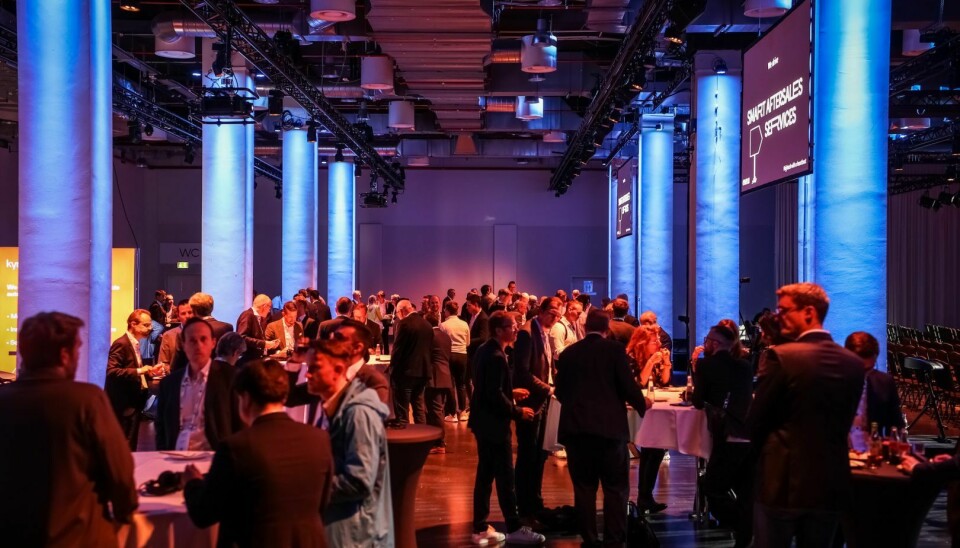
Rethinking IT strategies in the automotive industry: Why long roadmaps no longer work
A presentation that (deliberately) raised more questions than answers after the lunch break was given by Dr Thomas Mannmeusel, Group CIO at Webasto. Right from the start, he made it clear that he would not present ready-made solutions, but wanted to provide food for thought - a presentation that was intended to raise more questions than it would answer. Mannmeusel posed the fundamental question of how viable long-term strategies are in today's world. Three points showed him why classic five-year plans hardly work anymore. Firstly, corporate structures are constantly changing. 'Companies are being integrated, parts are being removed, it changes constantly.' He cited the merger of Schaeffler and Vitesco as an example - particularly tricky because Vitesco itself had only recently undergone a strategic realignment. Secondly, crises and political changes abruptly disrupt plans. Mannmeusel recalled multiple spending freezes since the pandemic and that political power shifts, such as in the USA, can change entire markets within weeks. Thirdly, technological development overtakes every roadmap. 'Three years ago, AI was not an issue - now it is a focus. The development is mindblowing, as they say in Franconian, a Southern German dialect.' - much to the amusement of the audience.
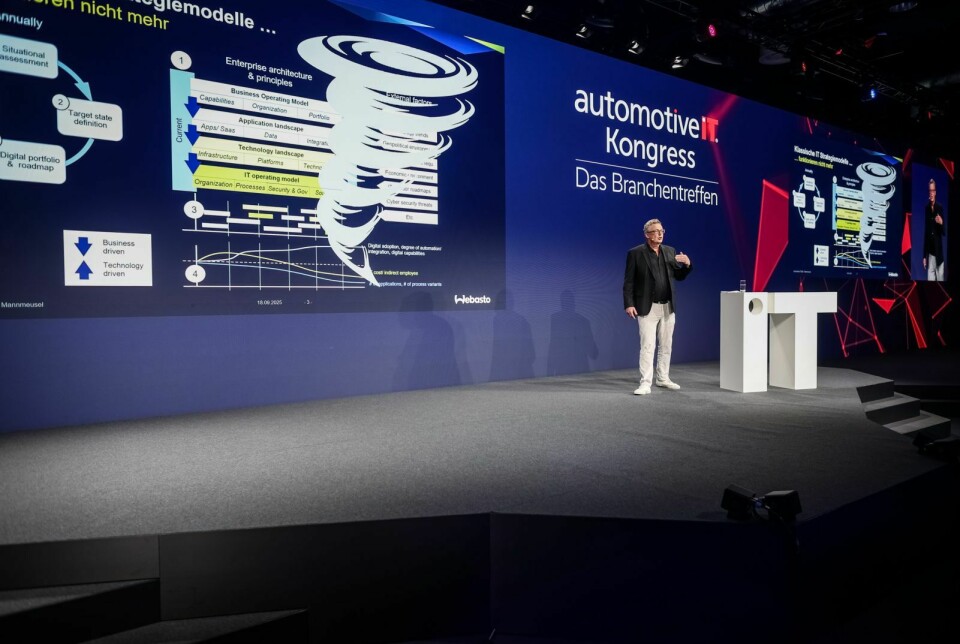
To illustrate, he used an animal analogy: the rhinoceros represents monolithic, immovable systems, while the ant stands for distributed, flexible structures. “We are moving towards the ant,” he summarised the trend. The crucial consequence of this for him is an organisational restructuring: “We are moving to a three-month delivery model.” Budgets at Webasto are no longer released annually, but quarterly - with the requirement that teams deliver something useful after three months at the latest. “Employees have told me what they have done. But I need to know what they have delivered!” For Mannmeusel, this is the only way to react to unpredictable developments. Instead of promising a “happy ending,” he left many questions open - such as how much adaptability employees and organisations can endure or how partnerships should be shaped under these conditions. His goal was to encourage the audience to think further: react faster, try new things, and consciously understand the future as an open construction site.
New beginnings at Cariad: IT as the backbone of the software organisation
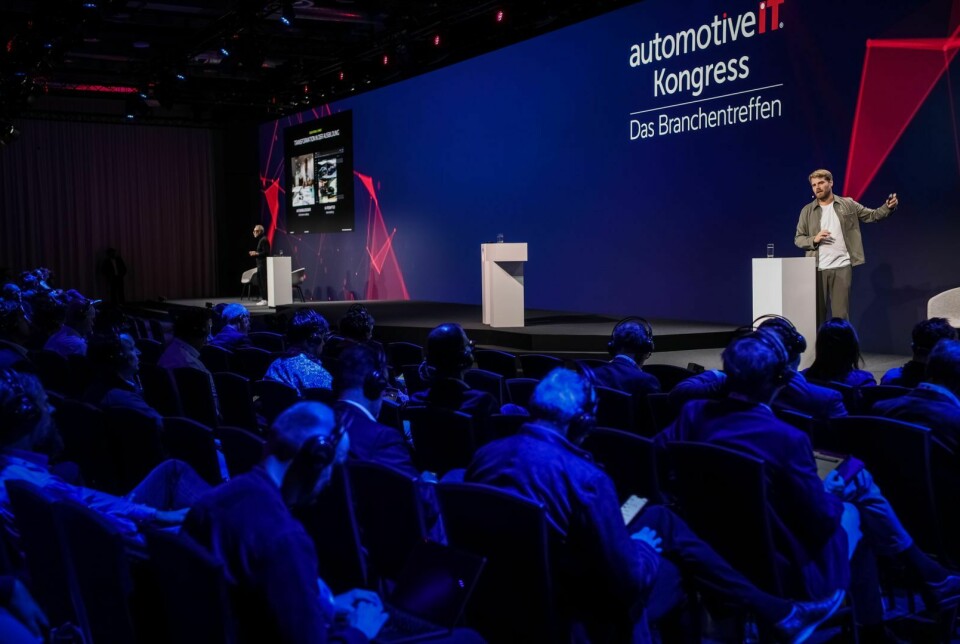
With Petra Clemens, Cariad has had a CIO since 2024 who has made the restructuring of corporate IT her core theme. Her task is to strengthen the backbone of the software organisation: developer environments, security, engineering IT, and workplace. More than 10,000 developers from the VW Group work on the central platform alone - a benchmark that requires reliability and speed. “We must provide the best solutions to make development efficient at all.” Clemens relies heavily on standardisation because only then is global efficiency and scalability possible. The goal is to create a unified developer base worldwide - whether in Wolfsburg, China, or the USA. At the same time, she emphasises that IT should not be seen as mere support: “We want to be perceived as business partners, not just suppliers.” A particular lever for her is artificial intelligence. Under the motto “no process without AI,” initial applications are currently being developed that promise efficiency gains of over 50 percent in pilot projects. With the rollout of Microsoft Copilot, Cariad is also creating the basis for employees to use AI in everyday life and develop their own agents. “We need to put AI in the hands of employees, not in an ivory tower project.” Clemens also emphasises the cultural side of the transformation. She advocates for an open error culture, flat hierarchies, and a clear commitment to diversity. “It is important that people realise: I am only human too.” And she stressed that sustainable IT transformation can only succeed if employees support the change: “I want everyone to proudly say: I am Cariad IT.”
IT as a shaper in uncertain times
The speakers at the automotiveIT Congress 2025 made it clear: the role of CIOs goes far beyond technology. They are architects of transformations - in corporations that need to reinvent themselves. Whether it's about reducing complexity, integrating two worlds, or ensuring digital continuity along the value chain: IT is no longer just an accompanist, but a shaper that must be measured. Appropriately, Thomas Buck stated: "We are getting better and better at showing how we create added value with IT."
This article was first published at automotiveit.eu
